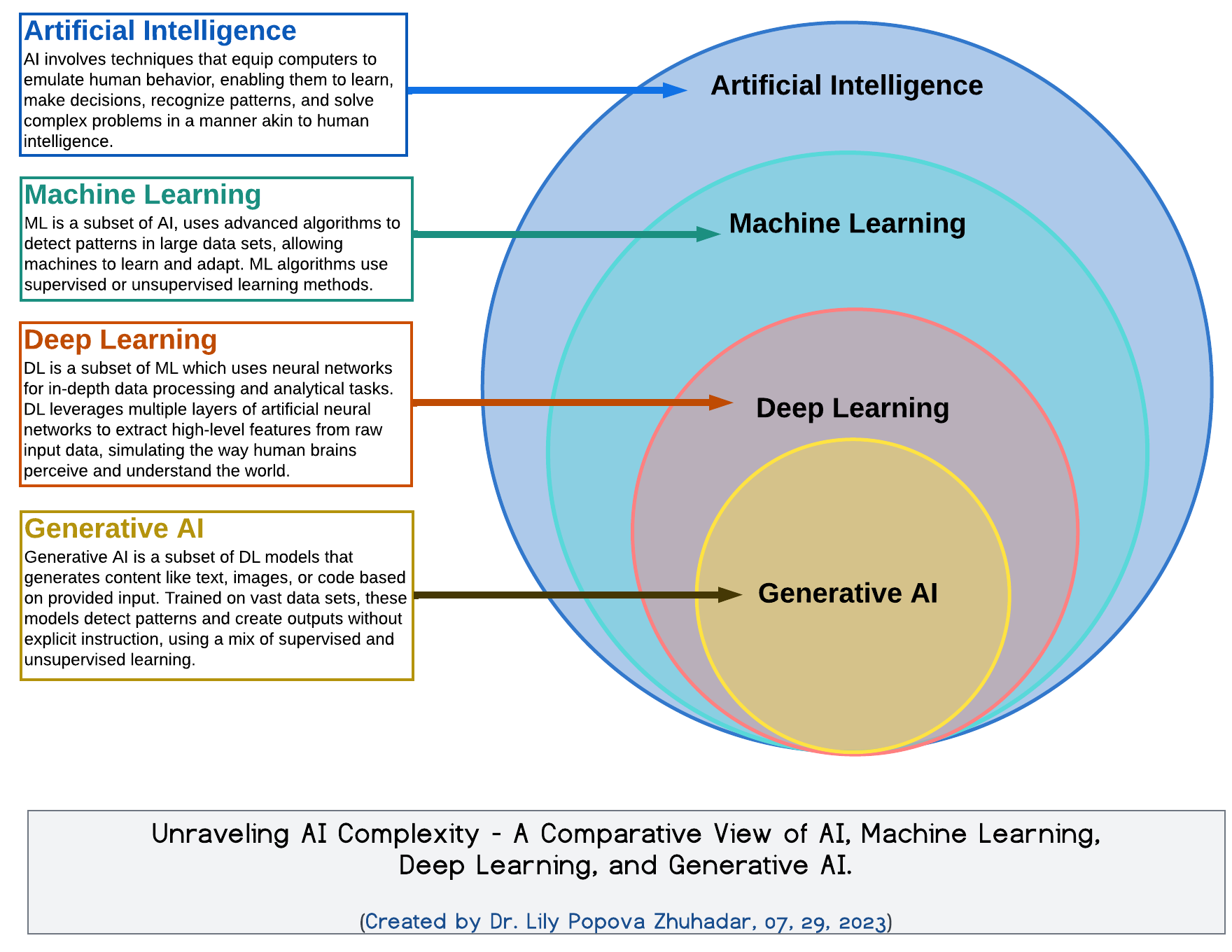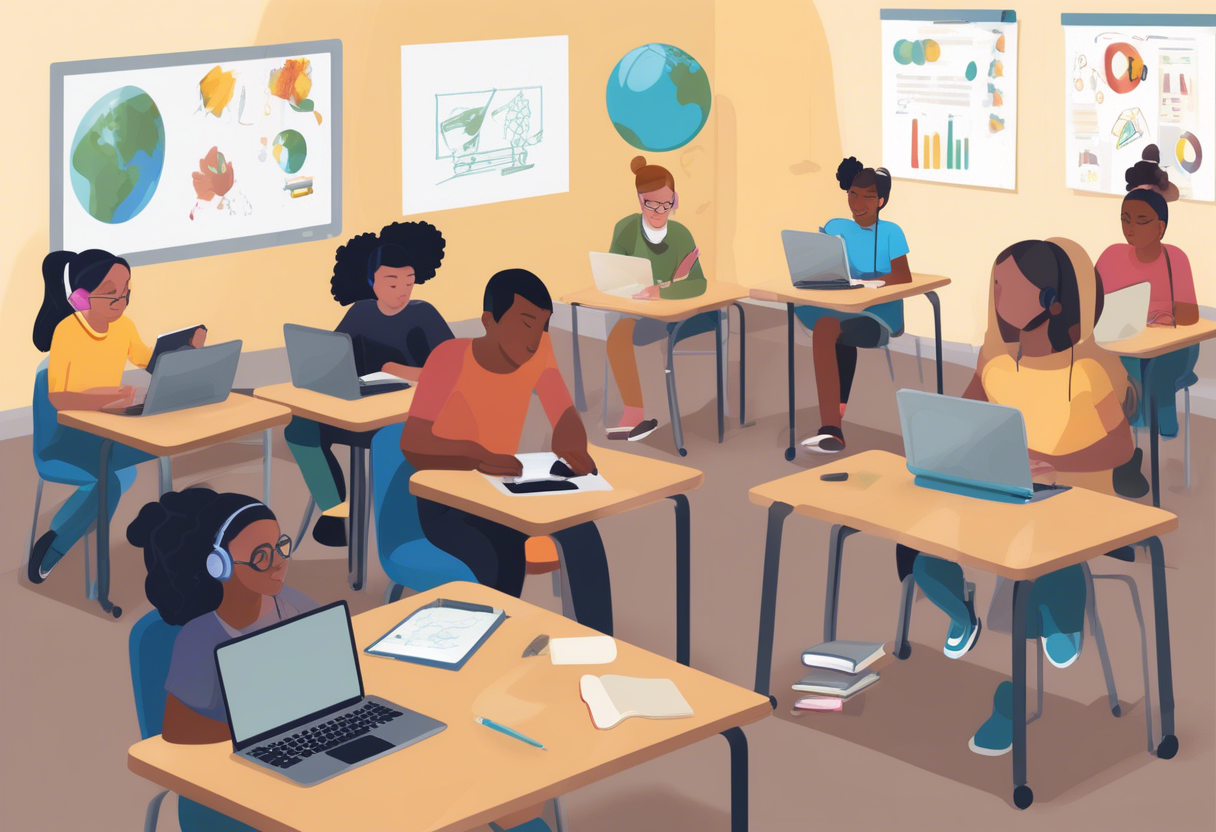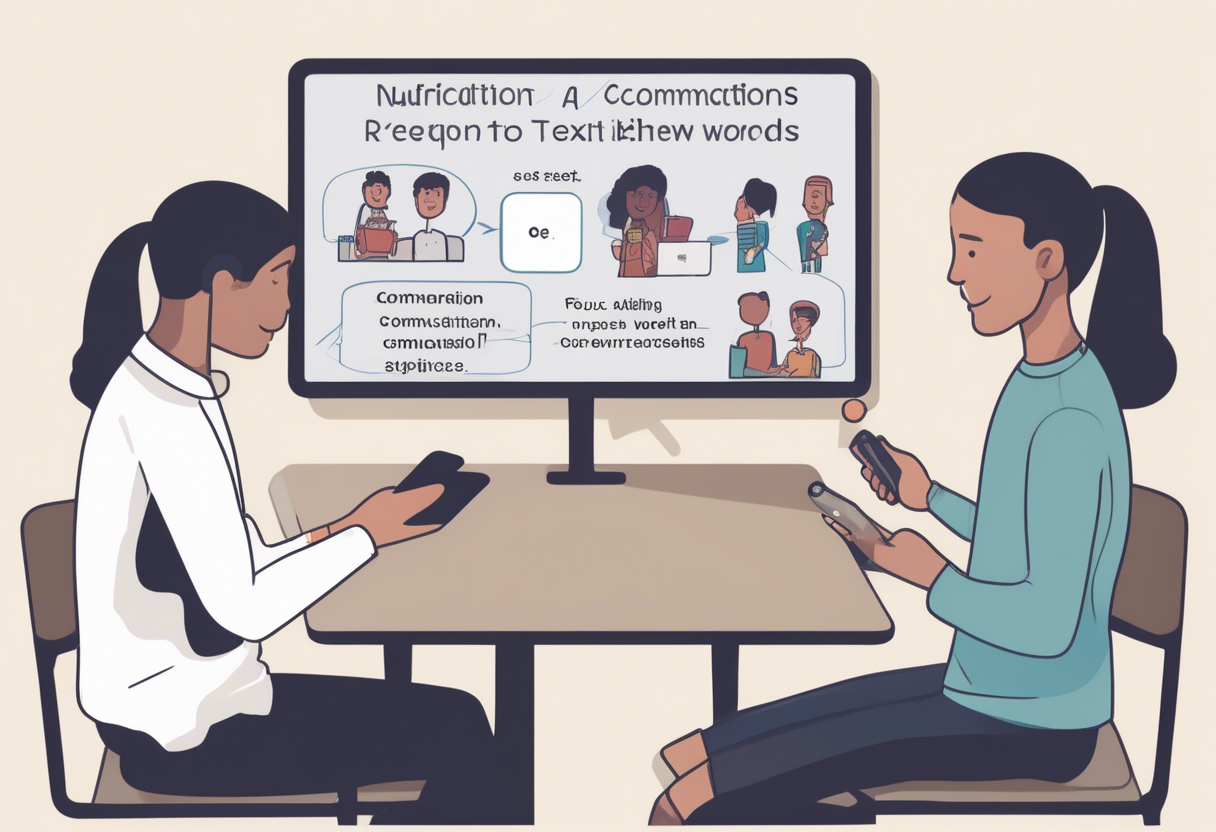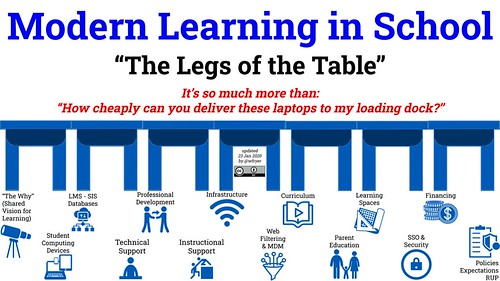
Education is changing fast, and personalized learning is becoming a big deal. AI is the key player here. Picture a classroom where each student has a learning path that fits their needs, strengths, and interests. A recent study found that students in these personalized settings did 30% better than those in traditional classrooms. This isn't some far-off idea—it's happening right now! In this article, we'll explore how AI is shaping these personalized learning experiences. We'll cover the basics and dig into the more technical stuff, showing how AI is changing education. Whether you're a teacher, a parent, or just curious about where learning is headed, this look at AI-driven personalized learning will show you what's possible. Let's dive in and see how AI can help every student reach their full potential!
Definition and Explanation of Personalized Learning
What is Personalized Learning?
Personalized learning is all about tailoring education to fit each student’s needs, skills, and interests. Unlike the traditional one-size-fits-all approach, it customizes:
- What you learn
- How you learn it
- The pace of learning
This personalized approach keeps students engaged and helps them succeed. It empowers learners to take charge by setting goals, tracking progress, and reflecting on their learning experiences. Various teaching styles are employed, such as problem-based learning and flipped classrooms. Additionally, technology plays a crucial role, making study plans more personalized.
AI's Impact on Personalized Learning
AI significantly enhances personalized learning. It analyzes student data to identify strengths and areas needing improvement, dynamically adjusting materials.
AI-powered adaptive learning platforms fine-tune tasks to ensure they are appropriately challenging—not too easy, nor too difficult.
Moreover, AI connects students with resources and peers globally, extending learning beyond the traditional classroom. It facilitates the creation of individualized learning paths, enabling teachers to design lessons that align with each student’s needs and interests.
Step-by-Step Guide to AI-Driven Personalized Learning
Set AI-Powered Personalized Learning Goals
Getting started with AI-driven personalized learning means setting clear goals. These systems adapt education to fit each learner's unique traits and needs, unlike the one-size-fits-all approach. By defining these goals, teachers can make sure AI tools align with what they want to achieve. Goals might be boosting engagement, improving results, or supporting diverse learners.
Highlight Section: Clear goals are key because they guide how AI is used and ensure objectives are both relevant and doable. This alignment of AI features with educational aims is the cornerstone of successful personalized learning.

Evaluate Learner Needs and Abilities
Gather Data on Learner Skills
Personalizing learning starts with gathering data on what each learner can do now. This info builds learner profiles, vital for AI to customize learning. Through tests and surveys, teachers can find out about students' knowledge, learning preferences, and barriers. This gives a full picture of a student's abilities.
AI tools can then analyze scores and assignments to see where each learner starts their educational journey.
Discover Learning Preferences and Challenges
It's not just about academic skills; knowing each learner's preferences and challenges is crucial. Understanding these lets AI adjust content and pace to stay relevant and accessible. AI can use surveys and assessments to learn what drives students and what hurdles they face.
By analyzing open-ended responses, AI can get a deeper grasp of personal preferences and struggles, key for crafting an engaging and effective learning experience.
Choose Suitable AI Learning Platforms
Select AI-Driven Adaptive Learning Systems
Picking the right AI platform is crucial. These systems adjust content based on real-time data. They use algorithms to tailor the learning experience, ensuring each student gets the right level of challenge and support.
When choosing, make sure the platform matches your goals and learner profiles. Look for features like dynamic content, real-time feedback, and support for diverse needs. Consider ease of use, scalability, and compatibility with current tech.
Align Platform with Learning Goals
Once you pick a platform, make sure it fits the learning goals and diverse learner profiles. Customize settings to reflect educational objectives and needs found in assessments.
Highlight Section: The AI should be flexible enough for different learning styles and contexts. This ensures the tech is a true enabler of personalized learning, not a one-size-fits-all fix.

Create Flexible Learning Content
Develop Adaptive Learning Materials
Dynamic materials are central to personalized learning. They should adapt based on a learner's progress and engagement. AI can help create such content by analyzing resources and curating materials that fit the learner's level and interests.
Interactive simulations, games, and multimedia can boost engagement and cater to different preferences.
Adapt Content to Learner Progress
Content needs to adapt to keep learners motivated and progressing. This means customizing materials to match the learner’s knowledge and style. AI tracks learner interactions and performance in real-time, adjusting content as needed.
If a learner struggles, AI can offer extra resources or explanations. If they excel, it can introduce tougher materials to keep them challenged.
Train AI Models for Personalization
Use Learner Data to Train AI
Training AI models requires a solid dataset that mirrors students' diverse learning patterns. By using past performance data, AI can learn to spot patterns, predict outcomes, and make informed decisions.
This involves feeding the system academic, engagement, and behavior data to fine-tune its accuracy.
Ensure Accurate Content Matching
Model training should focus on precise content adaptation. Regular updates improve how well AI matches materials to each student's needs.
The goal is an AI that anticipates needs and delivers tailored content to support growth.
Define Personalization Parameters
Set Content Difficulty and Pacing
Set parameters like difficulty and pacing to meet individual needs. Personalization should be flexible to adapt to learner progress and preferences.
Set thresholds for when to up the challenge or offer more support. Pacing should match the learner's speed, letting them move at their own pace. AI can automate this by analyzing data and adjusting in real-time.
Tailor Resources to Individual Learners
Customization goes beyond difficulty and pacing. It involves picking resources that match each learner’s interests and style. AI can suggest videos, articles, and exercises that fit preferences, making learning effective and enjoyable.
Pilot Test AI Learning Systems
Conduct Small-Scale Implementation
Before going big, test the AI-driven system on a small scale. This helps gather feedback and spot areas for improvement. Select a group of learners and educators for a trial run.
The pilot phase checks system effectiveness and user acceptance, offering valuable feedback for tweaks before wider rollout.
Collect Feedback for System Enhancement
During the pilot, get feedback from learners and educators on their experiences. Focus on platform usability, content relevance, and learning impact.
AI tools can help collect and analyze this feedback, highlighting areas for improvement. Continuous refinement based on real feedback ensures the system meets user needs.
Gather and Utilize Feedback
Collect Insights from Learners and Educators
Feedback is crucial for successful personalized learning. Regularly collect input to understand experiences and find improvement areas. Use surveys, interviews, and focus groups for qualitative data, and AI analytics for quantitative insights.
This dual approach gives a full picture of the system's impact and improvement areas.
Enhance AI Personalization with Feedback
Incorporate feedback to keep improving AI personalization. Feedback loops enable tweaks that boost engagement and outcomes. Use insights to refine algorithms, adjust content, and enhance user experience.
This ensures the system stays responsive to evolving needs, leading to better educational outcomes.
Continuously Monitor Learner Progress
Leverage AI Analytics for Tracking
Real-time tracking is a big plus of AI-driven learning. AI analytics track progress, engagement, and outcomes, allowing timely interventions. This data helps spot trends, predict performance, and guide instructional strategies.
Continuous monitoring keeps motivation up and ensures objectives are met.
Prioritize Engagement and Learning Results
While tracking, focus on both engagement and outcomes. Metrics like time on tasks and interaction frequency show motivation and interest. Learning outcomes, measured through assessments, indicate effectiveness.
AI can analyze these to ensure learners are progressing and genuinely engaged.
Implement Adaptive Assessments
Use Real-Time Dynamic Evaluations
Adaptive assessments adjust in real-time based on responses. This approach provides a more personalized evaluation, showing strengths and growth areas.
AI adjusts question difficulty to ensure assessments aren't too easy or hard.
Customize Assessments to Learner Levels
Assessments should adapt to individual levels for personalized learning. AI tailors assessments to ensure fair and accurate evaluation. Set parameters for AI to adjust questions based on responses, offering a customized assessment experience.
Ensure Data Security and Privacy
Implement Data Security Protocols
Data privacy is crucial in AI-driven learning. Set up strong protection protocols to safeguard learner info. This includes encryption, access controls, and security audits.
AI systems should prioritize privacy, ensuring secure data handling.
Adhere to Ethical AI Standards
Ethical compliance is key when using AI in education. Follow privacy laws and security measures to protect student data. Ensure AI use respects privacy, avoids bias, and promotes fairness.
Adhere to legal regulations and best practices for ethical AI use.
Maintain Human Involvement
Balance Automation with Human Oversight
AI offers powerful tools, but human oversight is vital. Balancing automation with human support ensures complex needs are met and ethics managed.
Educators interpret AI insights, provide context, and address needs AI can't. This partnership enhances personalized learning.
Support Complex Learner Needs
AI can spot complex needs, but human intervention is often needed to address them. Educators should provide support, using AI insights to guide strategies.
This partnership ensures comprehensive learner support.
Expand the AI Learning Program
Scale After Successful Testing
After a successful pilot, consider scaling the program. This means reaching more learners while keeping the system effective. Scaling requires infrastructure readiness, stakeholder engagement, and ongoing evaluation.
Adapt Program for Broader Audiences
As the program scales, adapt it for diverse populations. This may mean customizing for different contexts, languages, and cultures.
AI can offer insights on how to make learning accessible to all.
Communicate with Educational Stakeholders
Keep Stakeholders Updated
Regular communication is key for success. Keeping everyone informed fosters transparency and collaboration. This builds trust and aligns everyone with the learning initiative's goals.
Use meetings, newsletters, and training sessions for updates.
Engage Administrators in Implementation
Involving administrators secures support and resources. Regular updates and consultations ensure alignment with goals and necessary backing.
Administrator involvement helps resolve challenges during implementation.
Embrace Flexibility and Iteration
Adjust AI Systems to Learner Needs
Flexibility is key to AI-driven learning success. Continuously adapt the system based on feedback and evolving needs. This ensures the system stays relevant and effective.
Integrate Technological Innovations
Stay updated on tech advances to enhance the system. Iterative development allows for continuous personalization improvement.
Embrace new tools and methods to improve the learning experience. This keeps the system cutting-edge and capable of meeting modern demands.
Benefits of AI-Personalized Learning
Personalized Learning Experiences with AI
AI in education acts like a personal tutor for every student. It adjusts teaching methods and content to align with each student's pace, learning style, and abilities. Platforms such as DreamBox and Khan Academy provide custom learning paths, allowing students to grasp the basics at their own speed. This personalized approach enhances student engagement by 45% and improves academic performance by 30%.
AI achieves precision in teaching by tracking what each student knows and identifying what they need to learn next. This level of customization is challenging to achieve in traditional classrooms where one teacher manages many students.
AI Support for Diverse Learners
AI tools offer features like text-to-speech, visual recognition, and speech recognition, making learning materials accessible to students with special needs. These tools help create inclusive lessons. By tailoring learning content and pace, AI helps close learning gaps and strengthens core skills for struggling students while providing advanced learners with the challenges they need.
AI-powered language apps and smart assessments address knowledge gaps and support learners with varying needs. Tools such as text-to-speech and speech recognition enable students with reading difficulties to engage effectively with the curriculum.
Boosting Student Motivation with Personalized Learning
When AI personalizes learning, student engagement increases because it caters to individual needs and provides immediate feedback. AI-driven analytics refine content to suit each student's learning style, boosting motivation and sustaining interest. Students can progress at their own pace and receive the necessary support, making learning more motivating and confidence-building.
Knewton’s adaptive learning platform adjusts difficulty and content based on student performance, keeping them motivated by aligning challenges with their skill level.
Technical Components of AI in Personalized Learning
Enhancing Personalized Learning with Natural Language Processing (NLP)
AI platforms leverage natural language processing to comprehend student interactions and provide tailored feedback. By adjusting explanations and hints according to individual understanding, NLP enhances personalized learning experiences.
With NLP, tutoring systems engage in interactive dialogues with students, addressing queries and guiding their educational journey. Additionally, speech recognition, a component of NLP, aids students with disabilities by converting speech to text and vice versa, thus making learning more accessible.

Predictive Analytics for Personalized Student Support
AI utilizes predictive analytics to analyze data such as student performance and attendance records. By forecasting potential student outcomes, it identifies those who may need additional support. This proactive approach enables educational institutions to intervene early, customizing lessons to suit each student's learning pace.
Moreover, learning analytics provide educators with insights into student progress, highlighting trends and areas requiring attention. Predictive models also recommend training resources for teachers, aligning with their career aspirations and instructional needs.

FAQ
How AI Enhances Personalized Learning for Every Student
AI leverages smart algorithms to tailor educational content to each student's unique learning style, speed, strengths, and areas needing improvement. Adaptive learning tools monitor student progress and adjust the difficulty and type of material to maintain engagement and enhance comprehension. AI also provides instant feedback and suggestions, helping students navigate challenging areas for a more personalized learning experience.
For instance, consider a math tutoring system powered by AI; it can identify difficult topics for a student and adjust the lessons to improve understanding before progressing.
Challenges of Implementing AI in Personalized Learning
Implementing AI in personalized learning presents several challenges. A significant concern is maintaining student data privacy due to its sensitive nature. Ensuring AI fairness is also crucial, as biased data can lead to unequal opportunities. Integrating AI with existing systems can be complex and costly, and educators must be proficient in using these tools effectively.

For example, a school district might struggle to integrate AI platforms with their legacy systems, resulting in delays and additional expenses.
AI Strategies for Protecting Student Data in Personalized Learning
AI systems safeguard student data through encryption and secure storage, keeping it protected from unauthorized access. They must comply with regulations like GDPR and FERPA. Techniques such as data anonymization and minimizing personal information help reduce risks. Transparency about data usage and obtaining consent from students and parents is essential for building trust.

An AI learning platform might encrypt all student data and clearly communicate its privacy policies to remain compliant and maintain trust.